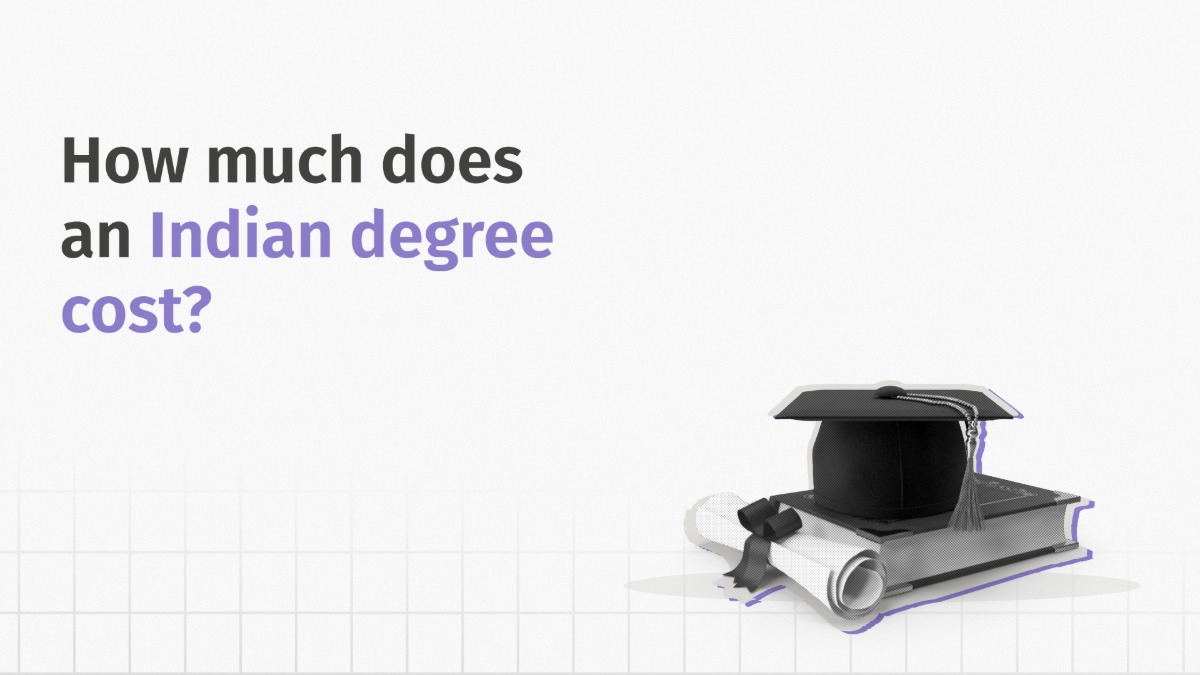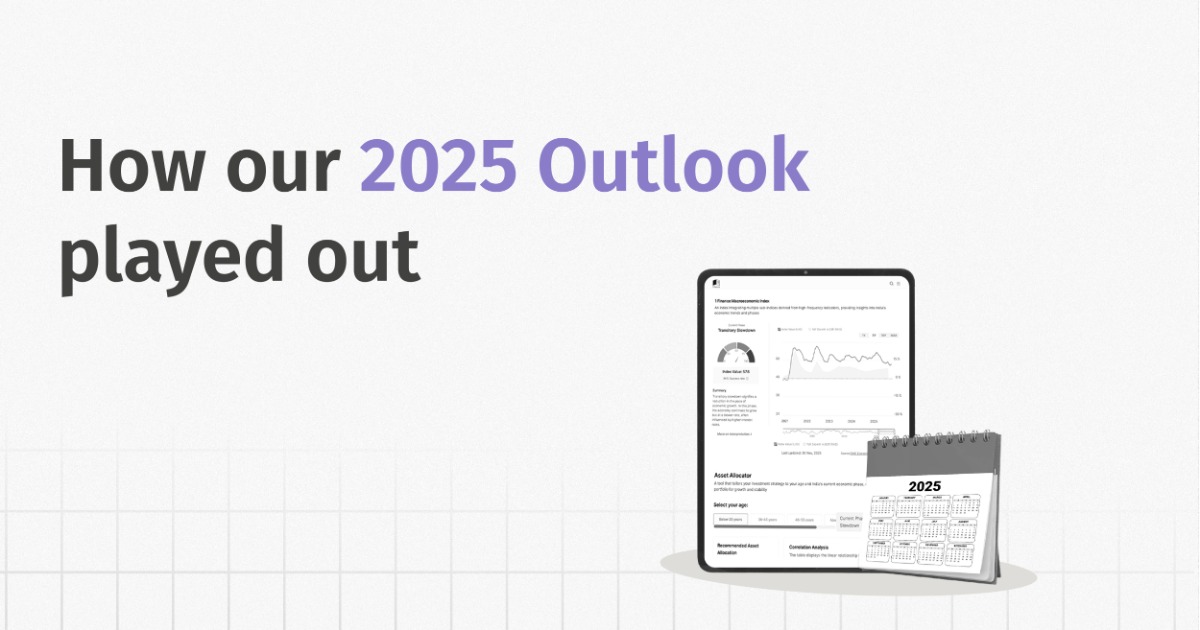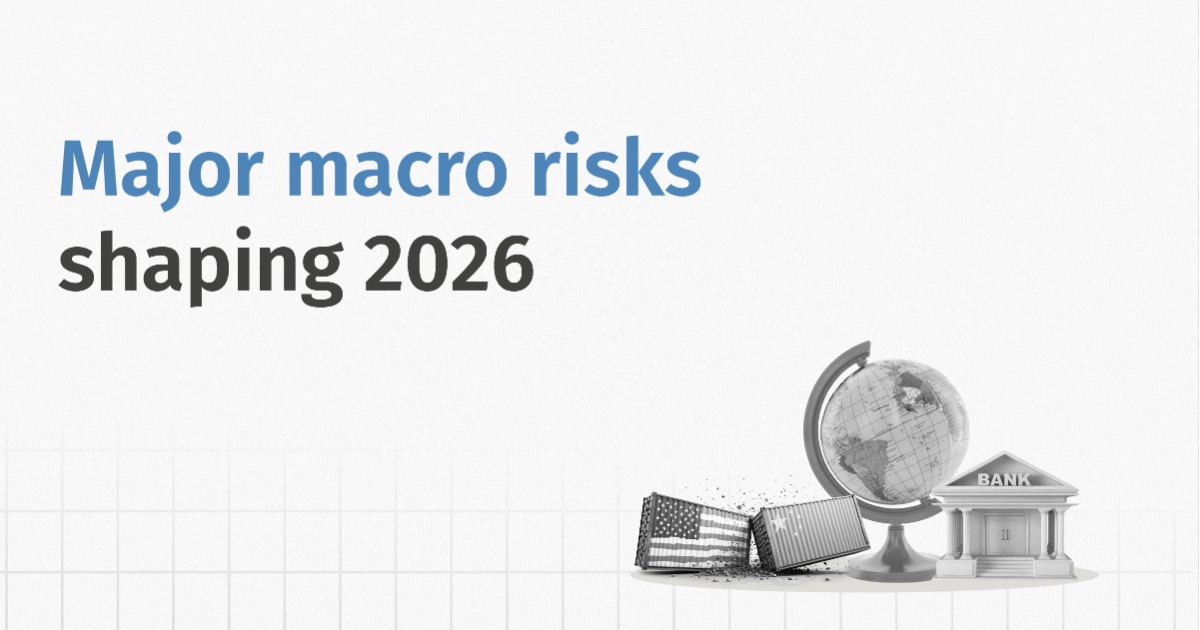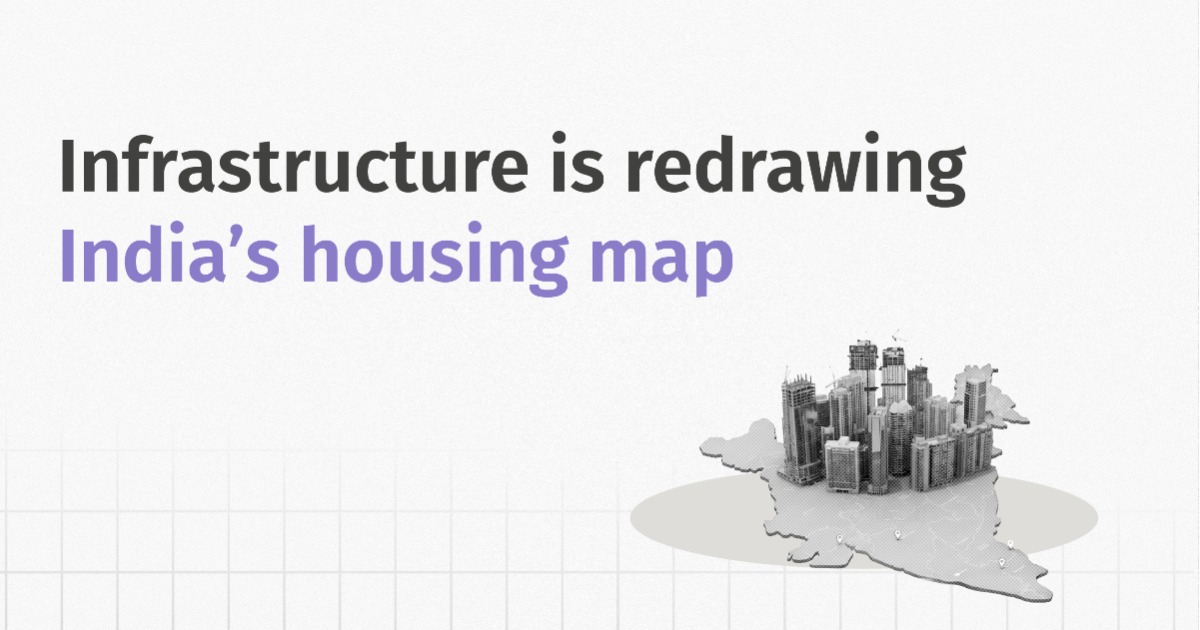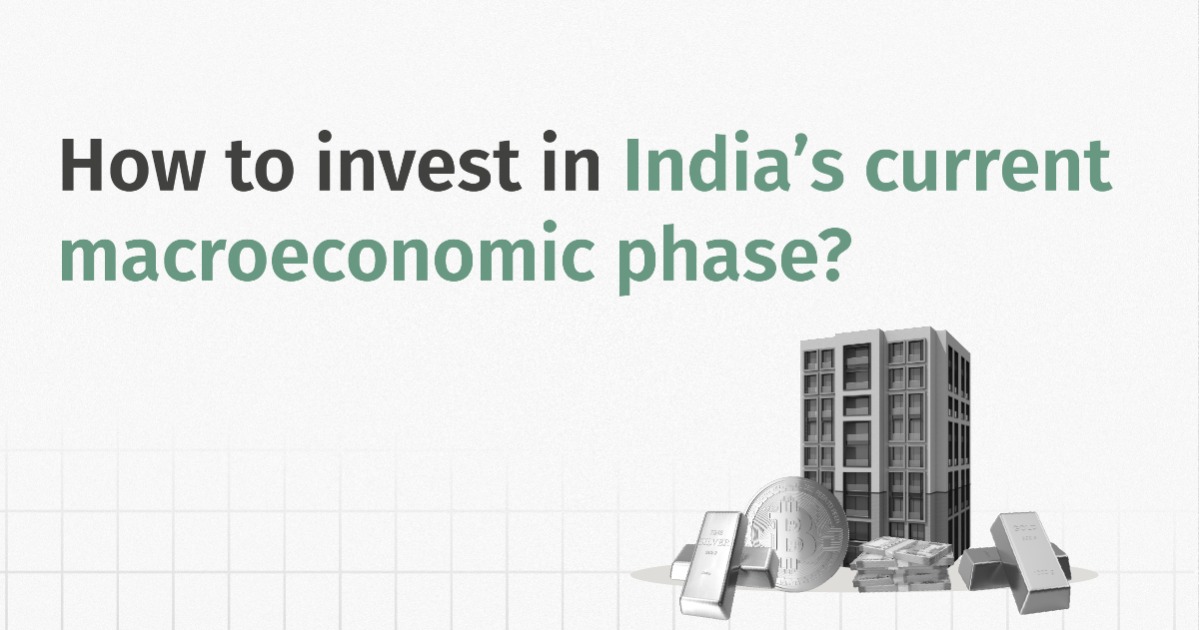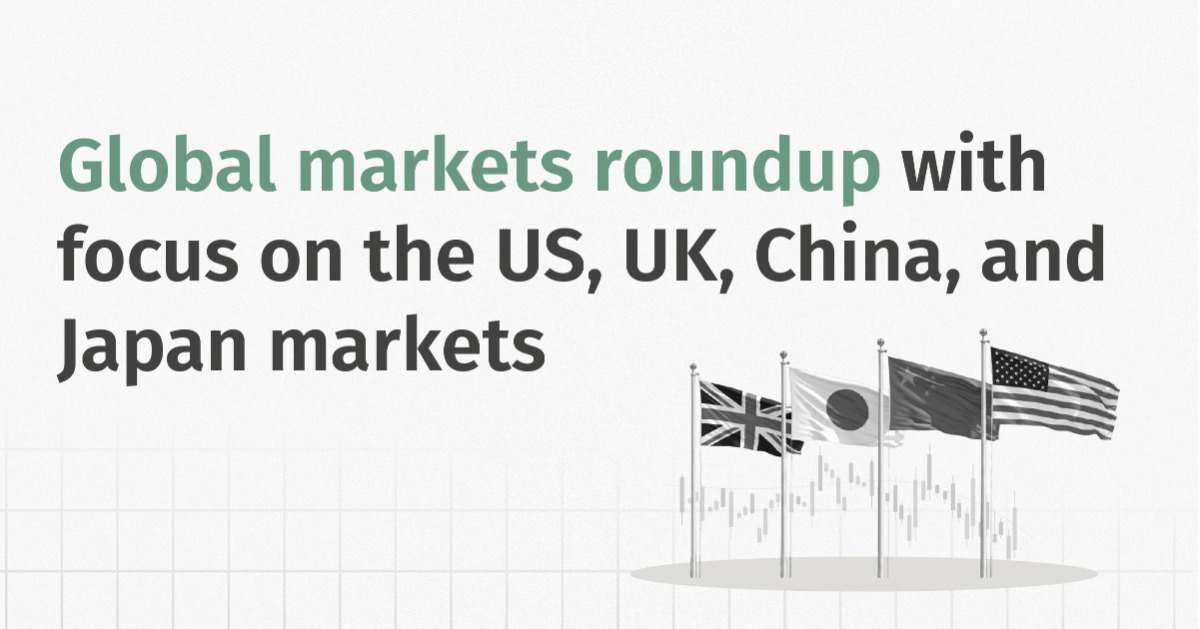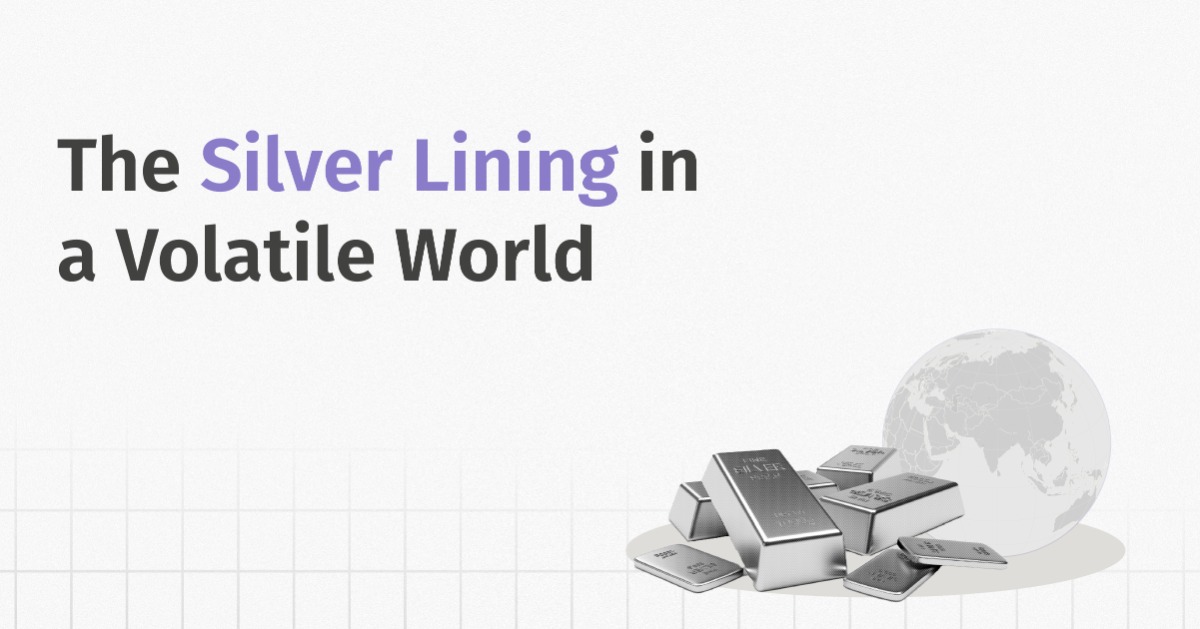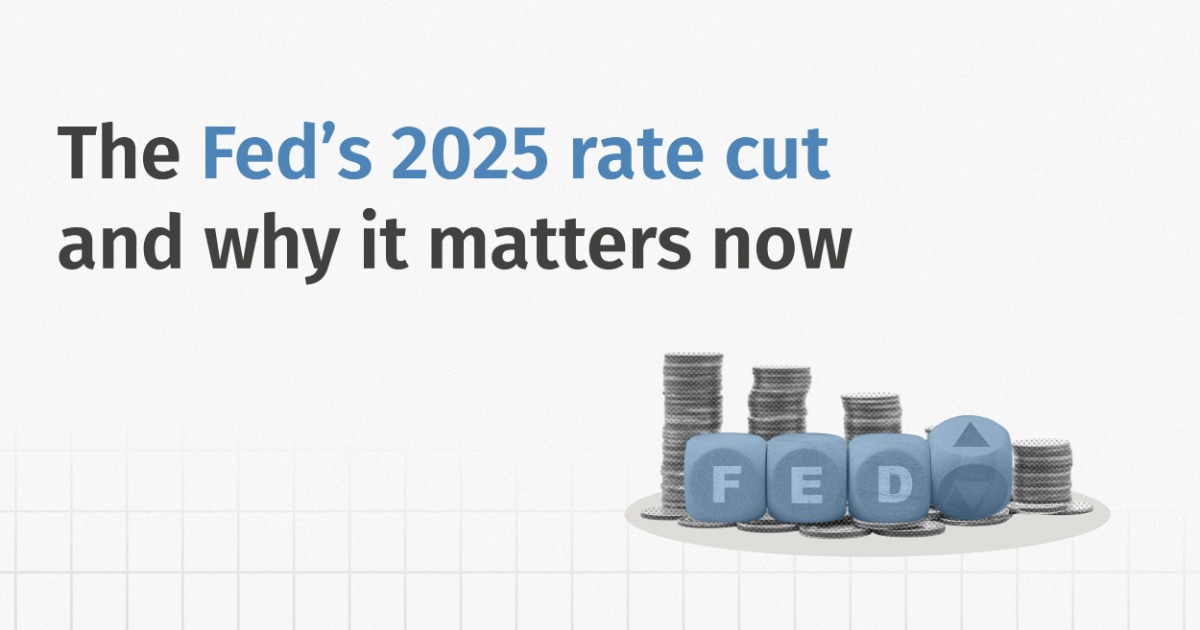Introduction
After our first series on school education costs, we now turn to undergraduate education. This second part unpacks how college fees differ across government and private colleges in India, and how inflation trends vary across courses.
How Much Does an Indian Degree Cost?
For Indian families, higher education is often the single biggest financial goal after home ownership. But the dream of sending children to top universities is becoming costlier by the year and faster than most parents anticipate.
Undergraduate fees have been rising steadily, and the gap between government and private institutions continues to widen. Our analysis highlights the true cost of a seat in popular undergraduate courses, the pace of annual fee inflation across institutes, and the financial planning implications for households.
Note: As part of this cost analysis, we reviewed the fee structures of 73 government institutions and 111 private institutions across different cities in India.
The Real Price of Popular Degrees in India
➔ Medicine & Healthcare
For students aspiring to pursue medicine, the fee gap between government and private institutions is staggering. A 5-year MBBS degree in a government college costs an average of just ₹1.9 lakh, while in private colleges it soars to nearly ₹82 lakh- a 42x difference.
This disparity makes access to affordable medical education highly dependent on securing a government seat, which is limited and fiercely competitive.
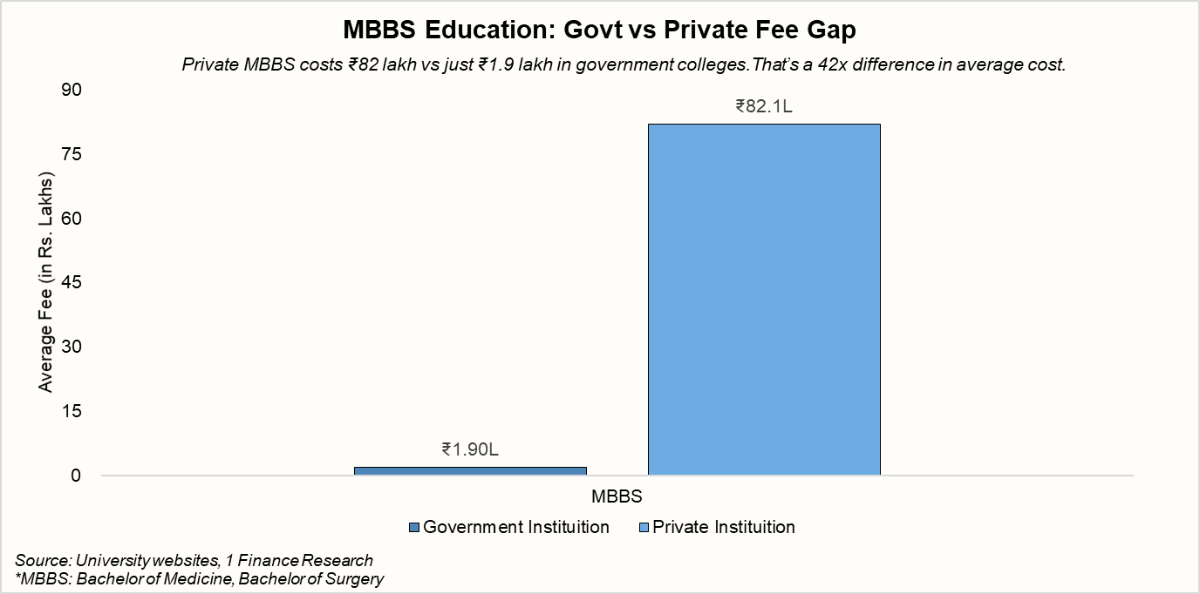
➔ Engineering & Technology
For families aspiring to careers in engineering and technology, the cost of education shows striking contrasts. A 4-year B.Tech in a government college averages ₹6.3 lakh, while the same degree from a private institution can cost nearly ₹16.8 lakh, almost three times higher.
Similarly, a 3-year B.Pharm degree is four times costlier in private colleges (₹9.6 lakh vs ₹2.4 lakh in government), while B.Sc. is only marginally costlier in private institutions.

➔ Commerce & Management
For students pursuing business and management, the difference between government and private college fees is noticeable but less drastic than in technical fields. A B.B.A. in a government institution costs about ₹4.9 lakh, compared to ₹6.2 lakh in private colleges- a 27% difference.
For traditional commerce degrees like B.Com, the gap is much narrower (₹1.7 lakh vs ₹2.1 lakh). However, specialised programs such as B.A.F. (Accounting & Finance) and B.M.S. show a fourfold jump in private fees, making them significantly more expensive.
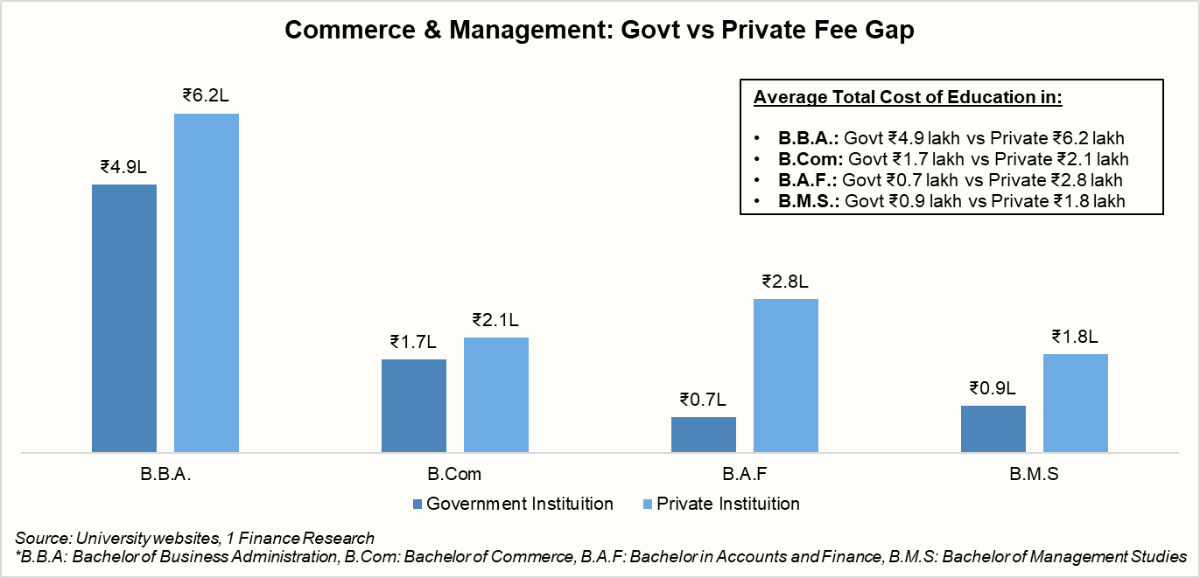
Overall, commerce remains a relatively affordable career path, but families should still plan ahead, especially for niche programs offered predominantly by private colleges.
➔ Humanities & Law
Within the Humanities stream, the cost of education varies sharply depending on the path chosen. A B.A. degree in a government college costs just ₹1.6 lakh, while in private institutions it rises to ₹4.1 lakh, still one of the most affordable options across streams.
Law, however, tells a different story. A 5-year B.A. LLB degree costs ₹7.8 lakh in government colleges, but almost doubles to ₹15.4 lakh in private institutions. This means choosing law as a career can require nearly the same financial commitment as management or even mid-tier engineering programs.
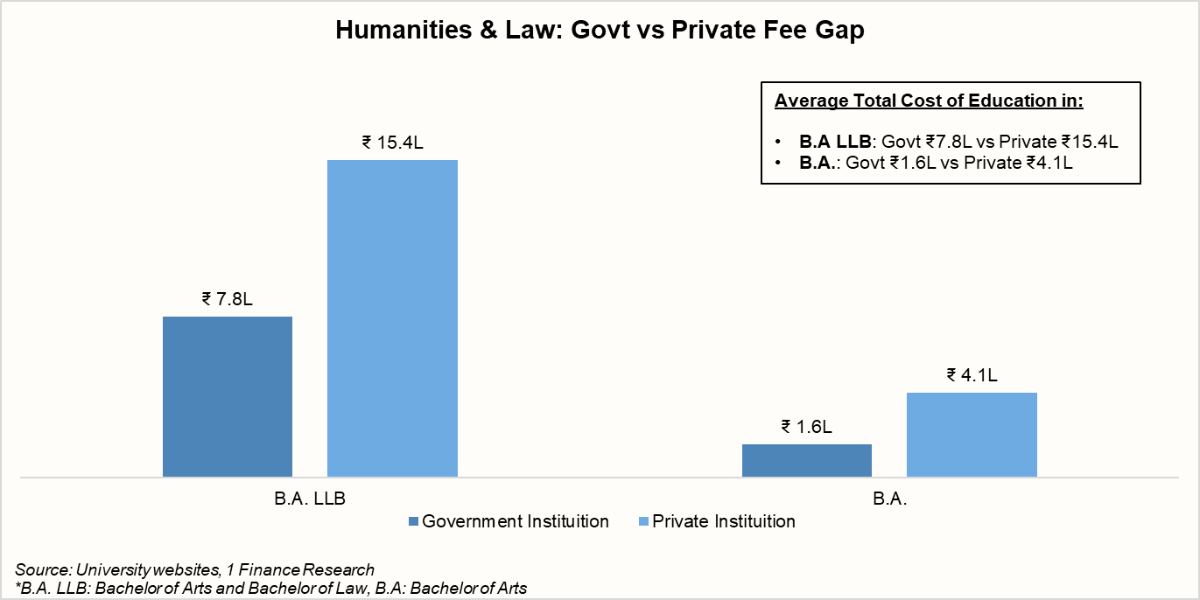
➔ Design & Architecture
A 5-year B.Arch degree in a government college costs around ₹7.4 lakh, while in private institutions, the price jumps to a massive ₹30.4 lakh, over four times higher.
The gap is smaller but still significant in design. A 4-year B.Des degree costs ₹10.4 lakh in government institutions, compared to ₹17.2 lakh in private colleges.
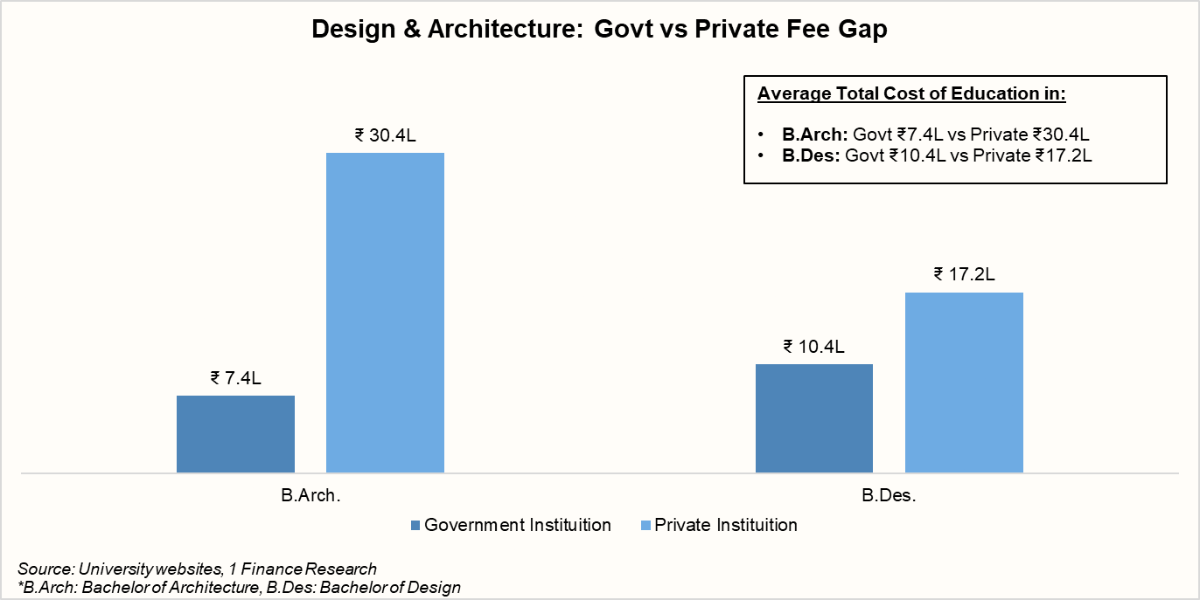
Rising Education Inflation in India’s Undergrad Courses
When families plan for higher education, tuition fees often become the single largest recurring cost. Our data on undergraduate fee hikes across government and private colleges reveals that education inflation is far from uniform — it varies sharply by institution type, course, and location.
Let’s start with government colleges. Fee hikes here are usually lower than private ones, thanks to subsidies and funding by the government. IIT Bombay increased its fees by just 0.4% for the B.Sc. course, while Delhi Technological University’s hikes ranged between 6-12%. But exceptions exist — SNDT Women’s University in Mumbai raised fees by 21.7%, and NIT Raipur hiked by 11.2%. Overall, government institutions show predictable inflation in the 7-10% range, but families must be prepared for occasional spikes.
Note: Inflation rates shown are calculated based on changes in published fee structures across different undergraduate courses. Comparisons were made between earlier academic years (e.g., 2022–23 or 2023–24) and subsequent years (e.g., 2024–25 or 2025–26), depending on data availability.
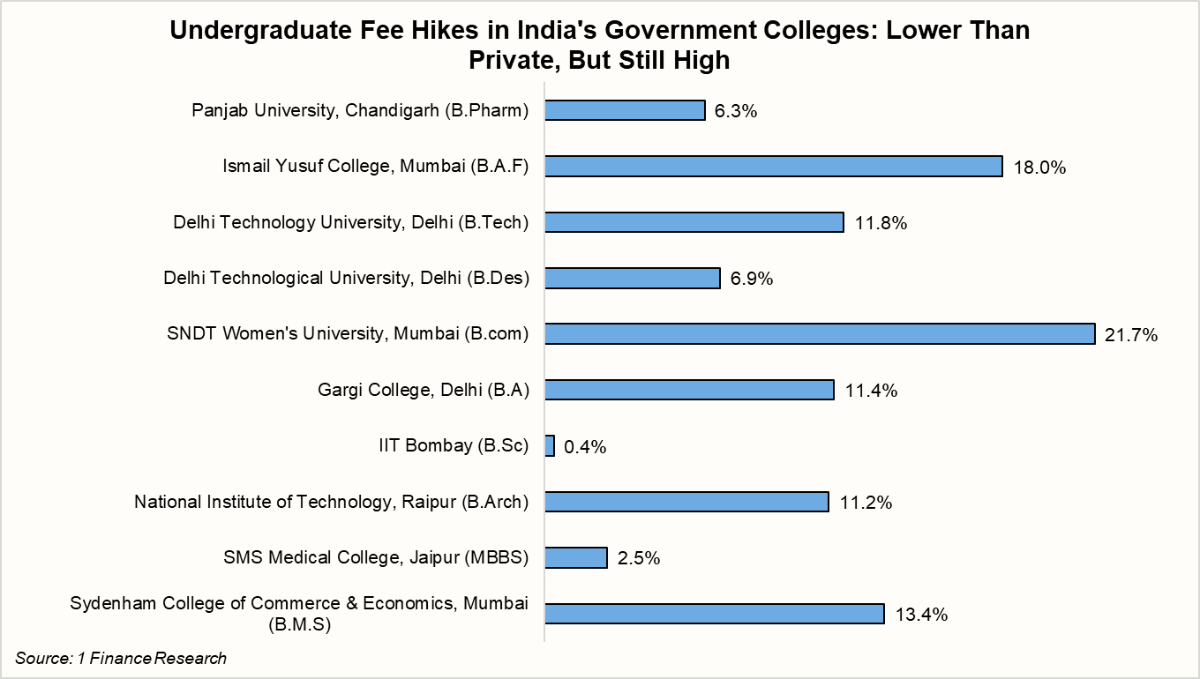
The story looks very different in private colleges. Here, fee revisions are demand-driven and much less regulated. Hinduja College in Mumbai hiked fees by 22.4%, while the South Indian Children’s Education Society in Amarnath raised B.A fee by a staggering 36.4%. Even in professional courses, private colleges tend to push costs upward aggressively — VIT’s BTech fees rose by 12.3%. The pattern is clear: in the private sector, inflation averages 10-15% annually, but extreme outliers are not rare.
Medical education underscores this divide. A private college like JSS Medical (Mysore) hiked MBBS fees by 10.5%, pushing total cost above ₹ 1 Cr, while SMS Medical College in Jaipur — a government institution — raised fees by just 2.5%.
Note: Inflation rates shown are calculated based on changes in published fee structures across different undergraduate courses. Comparisons were made between earlier academic years (e.g., 2022–23 or 2023–24) and subsequent years (e.g., 2024–25 or 2025–26), depending on data availability.
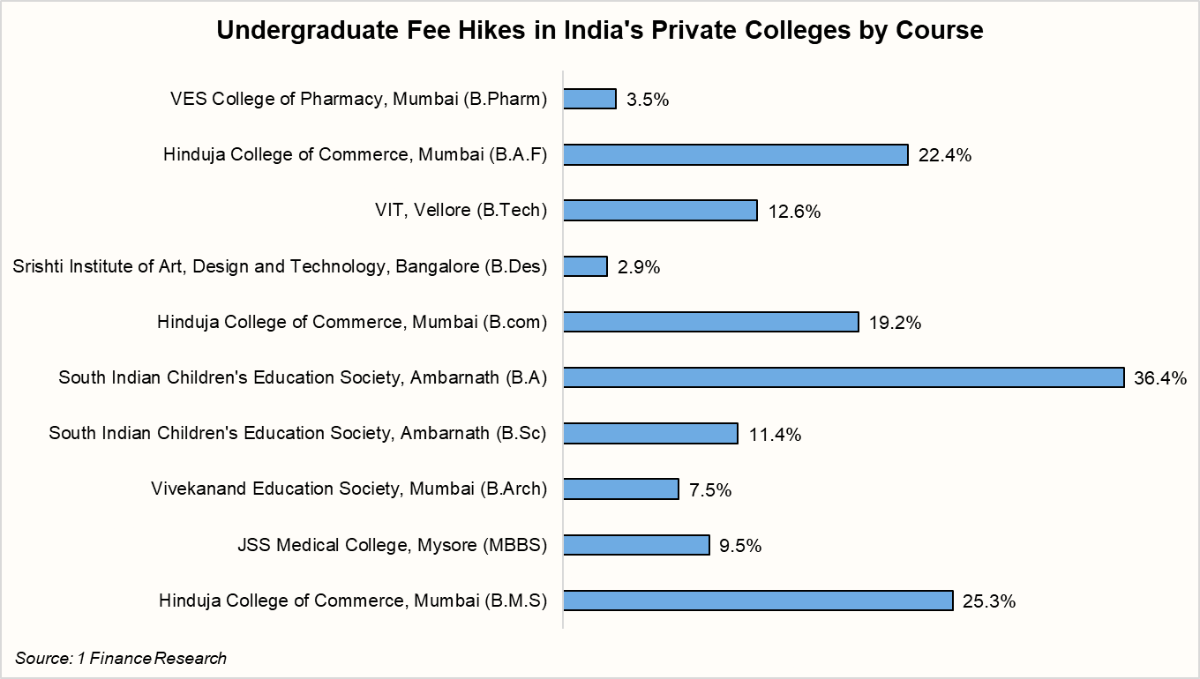
For families, this contrast is crucial: the choice between government and private often means not just a difference in absolute fee levels, but also in the volatility of future increases.
Why Planning Early Matters
Undergrad Education costs in India are rising faster than general inflation, with undergrad fee hikes ranging between 7-15% annually. Government institutions keep hikes relatively modest, but private colleges, especially in high-demand courses, often push costs sharply higher. And remember: tuition is only part of the picture. Accommodation, books, travel, and lifestyle costs can add even more to the real annual burden.
- Plan with 10-12% annual inflation as a realistic baseline, covering both government and private options.
- Add a buffer for living, hostel, and exam expenses.
- For high-demand courses (BA, BMS, B-Tech), assume 12-15% inflation to stay safe.
- Revisit plans every 2-3 years to reflect actual fee hikes and evolving aspirations.
